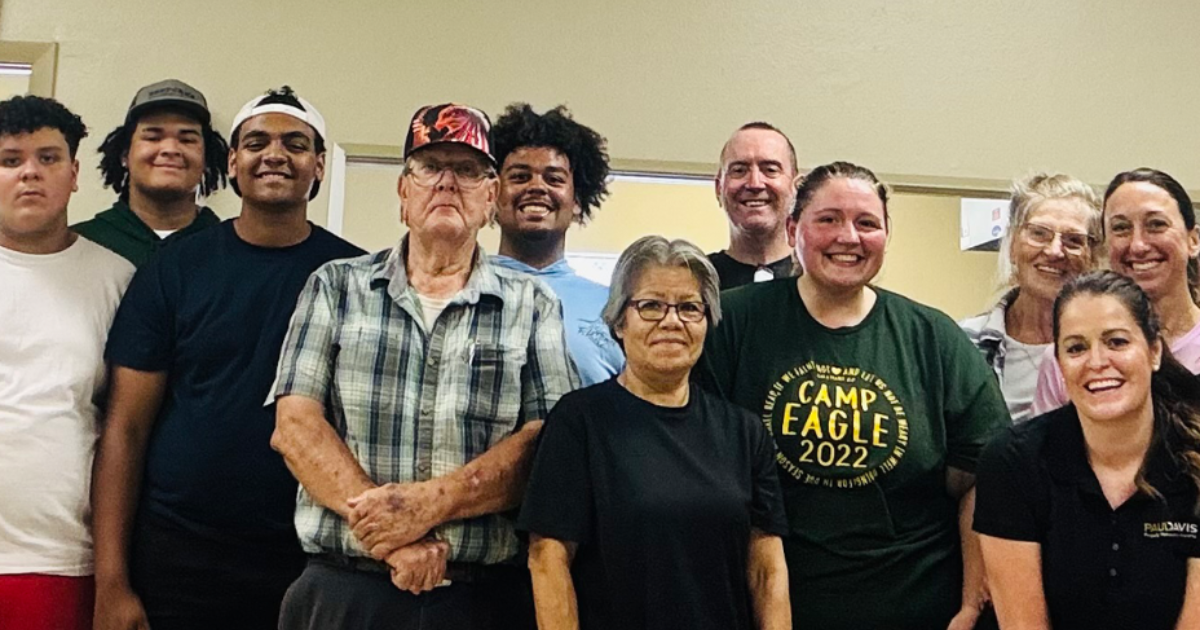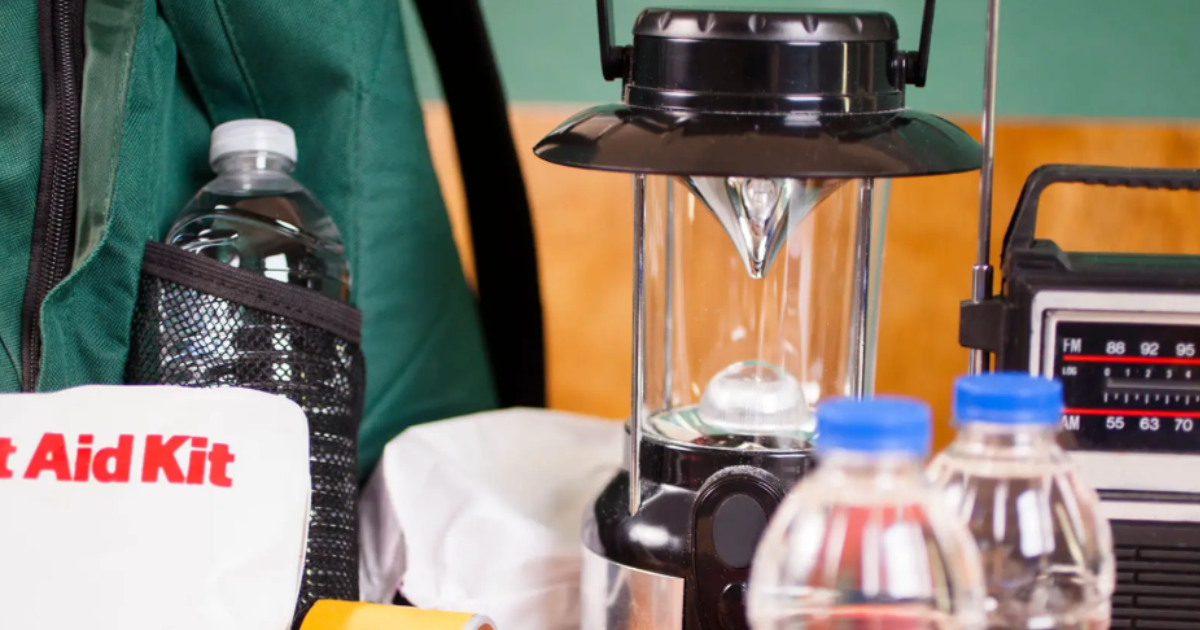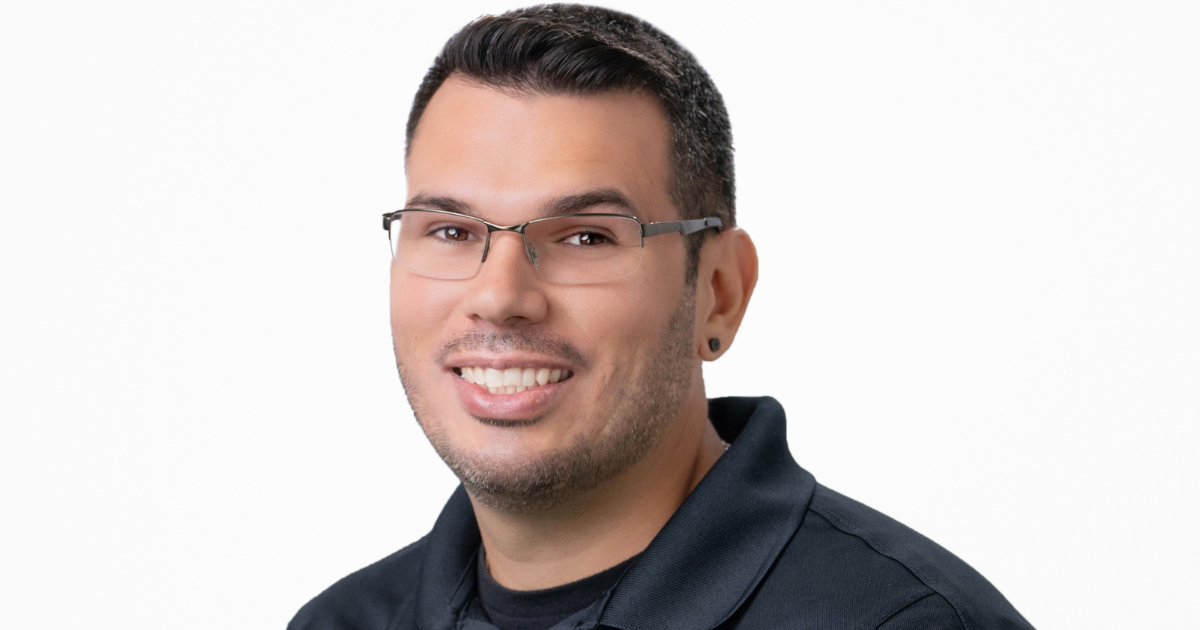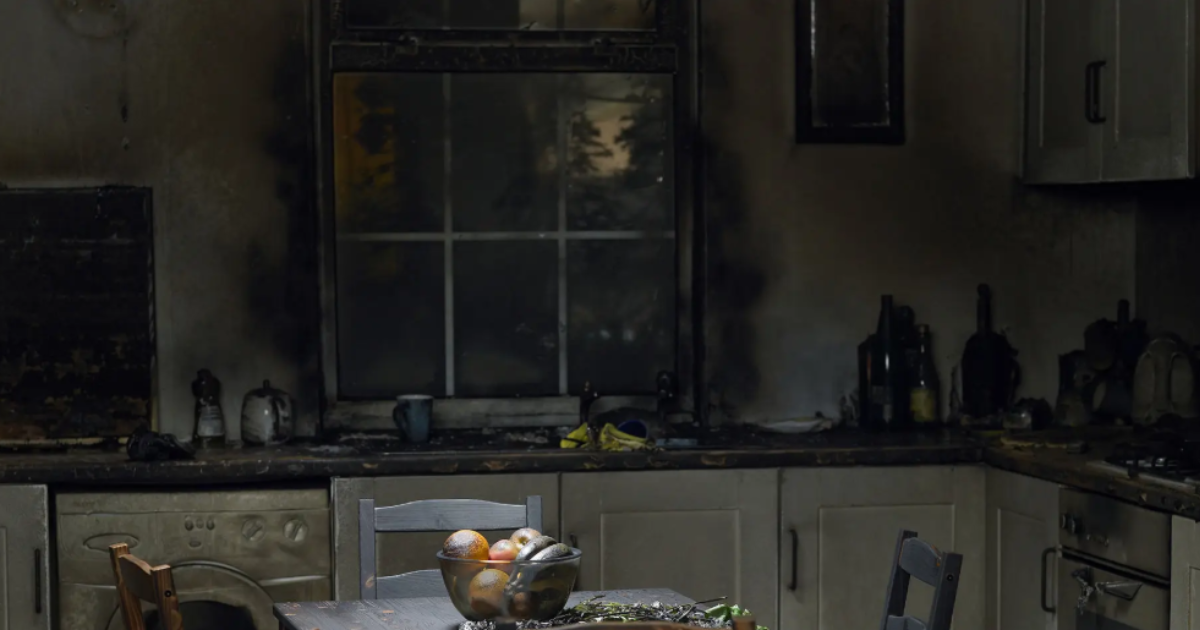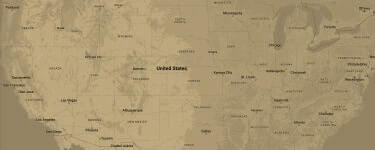Structural fires don’t occur often, but when they do flare up, conditions deteriorate with lightning speed. Fires can double in under one minute and may expand to a raging 64 times their original size in under 10 minutes. Fortunately, most blazes are far less frightening. The majority damage a limited area – typically one room – before they are extinguished.
“Any structural fire is shocking, no matter the size,” says Bob Hillier, President of Paul Davis Restoration of Greater Houston, Texas, “and it’s very common to feel scared and unsure what to do next. Knowing a few dos and don’ts will help prevent the damage from compounding after the flames are out.”
Don’t:
- Don’t use electronic appliances such as computers and televisions. Don’t even turn them on or off. Smoke particles may have infiltrated the devices, risking corrosion and electrical short circuits.
- Don’t try to wipe or clean walls, ceilings, furniture or other absorbent surfaces, even if they appear lightly damaged or unaffected. Professional techniques and products must be used to treat – and avoid worsening – corrosive soot and smoke deposition that may be present.
- Don’t use HVAC units: turn them off as soon as it’s safe to do so. Heaters and air conditioners can spread smoke to unaffected areas of the structure.
Do:
- Do open windows – if you can do so without safety risks – to ventilate the structure.
- Do close doors in affected areas to prevent smoke and soot from spreading.
- Do move all pets to a clean environment. Birds are particularly vulnerable to air contamination.
- Do brush or vacuum loose smoke particles from carpets but avoid walking on affected carpets until you have brushed or vacuumed.
- Do empty refrigerators and freezers completely, storing food items elsewhere until the property has been restored. Smoke and fire byproducts can affect the interiors of these appliances even if doors are tightly closed.
- Do wash plant surfaces with mild soap and water to remove damaging fire residue.
“There are two more crucial items on your ‘do’ list as soon as the fire is extinguished,” Hillier says. “Call your insurance carrier and call Paul Davis Restoration. We will be there in just a few hours to lead the way to recovery.”

